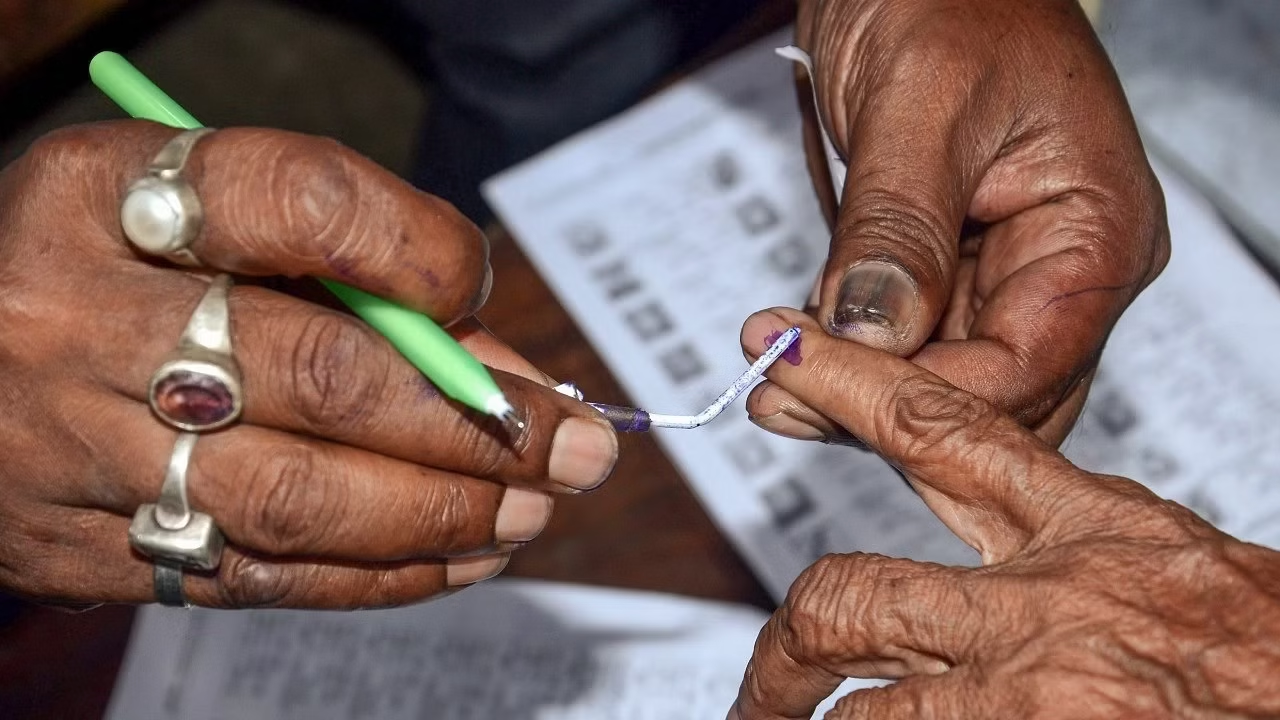Turning tides?

The exit poll predictions for the Assembly elections in Haryana and Jammu & Kashmir present interesting scenarios. The Indian National Congress is projected to make a definitive impression in freshly concluded Haryana elections, and the National Conference (NC) stands to emerge as the single-largest party in J&K. Though exit poll predictions have little to offer in terms of reliability, as evidenced in the 2024 Lok Sabha elections, they have provided enough fodder for the contesting political parties to explore the scope of creating political spins in the meantime. By the time concrete outcomes come out, the game of dominating political perceptions will go on.
In Haryana, exit polls across the board are indicating a clear mandate for the Congress. After a ten-year stint of the Bharatiya Janata Party (BJP) in power, the tide appears to be turning in favour of the Congress. Pollsters like Axis My India have projected a landslide victory for the party, suggesting it could secure anywhere between 53 to 65 seats in the 90-member assembly. Even the more conservative estimates, such as those from Dainik Bhaskar, still give the Congress a comfortable majority. The BJP, on the other hand, is predicted to face a substantial drop in its seat count, with projections ranging from 18 to 29 seats. This sharp decline is being attributed to several factors, including anti-incumbency sentiments and a more focused Congress campaign under Hooda’s leadership. The political landscape in Haryana, however, remains fluid, particularly with smaller regional parties like the Jannayak Janata Party (JJP), Indian National Lok Dal (INLD), and Aam Aadmi Party (AAP) playing potential spoiler roles. While these parties are not projected to make significant gains, they could impact the final numbers, especially in closely contested constituencies. Nevertheless, if the Congress does secure a majority as predicted, it will mark a major shift in the state’s politics, reflecting both a rejection of the BJP’s policies and a resurgence of Congress.
Meanwhile, in Jammu & Kashmir, the situation is slightly more complex and unpredictable. The exit polls point towards a fractured mandate, with the NC-Congress alliance likely to emerge as the leading bloc. Polls like C-Voter-India Today have given the alliance between 40 to 48 seats, placing it tantalisingly close to the majority mark of 46 in the 90-seat assembly. The BJP, which had made significant inroads in the Union Territory in previous elections, is predicted to secure between 24 and 34 seats, trailing the NC-Congress alliance. J&K election results will be particularly significant, as it is the first Assembly election since the abrogation of Article 370 in 2019. The stakes indeed are high, and the results may have lasting implications for the political scenario of the region. The NC, under the leadership of Omar Abdullah, is expected to perform well in the Kashmir Valley, while the Congress will likely fare better in Jammu. However, the real wildcard in J&K politics is the role of smaller parties and independents. Polls like Republic-Gulistan suggest that independents could win as many as 19 to 23 seats, giving them considerable leverage in a potentially hung assembly. The People’s Democratic Party (PDP), led by Mehbooba Mufti, is expected to win between 4 to 12 seats, depending on the poll. Mufti has already made overtures towards a secular alliance. However, the historic rivalry between the NC and PDP complicates any potential post-election alliance. Should the NC-Congress alliance fall short of a majority, the role of the PDP and other smaller players will become crucial.
In both Haryana and Jammu & Kashmir, the exit polls provide intriguing insights but cannot be taken as definitive. The projections suggest a strong position for the Congress in both states, signalling potential challenges for the BJP. The final results on October 8 will ultimately decide the political course in both states, but the exit polls have already set the stage for intense political manoeuvring.



